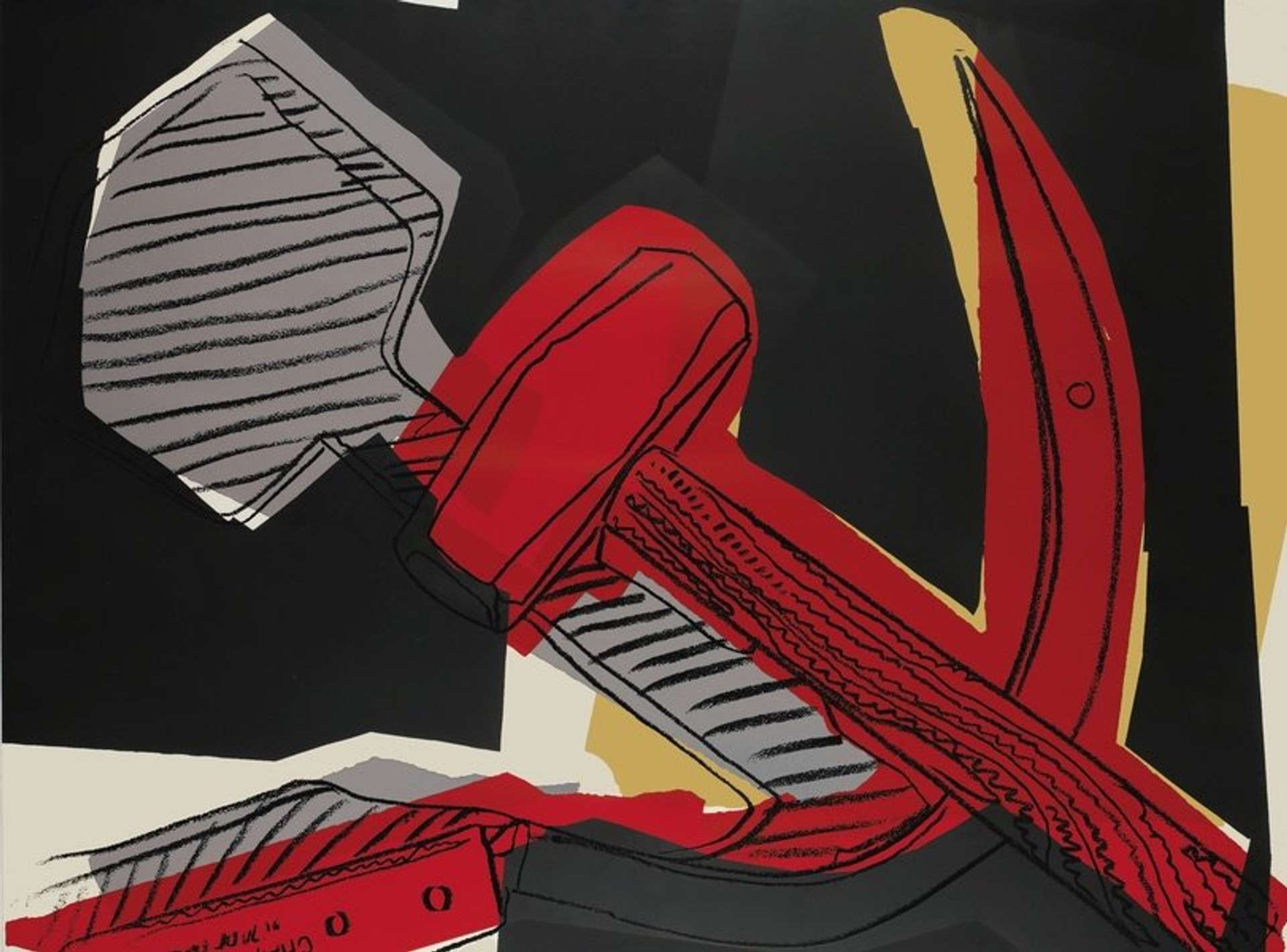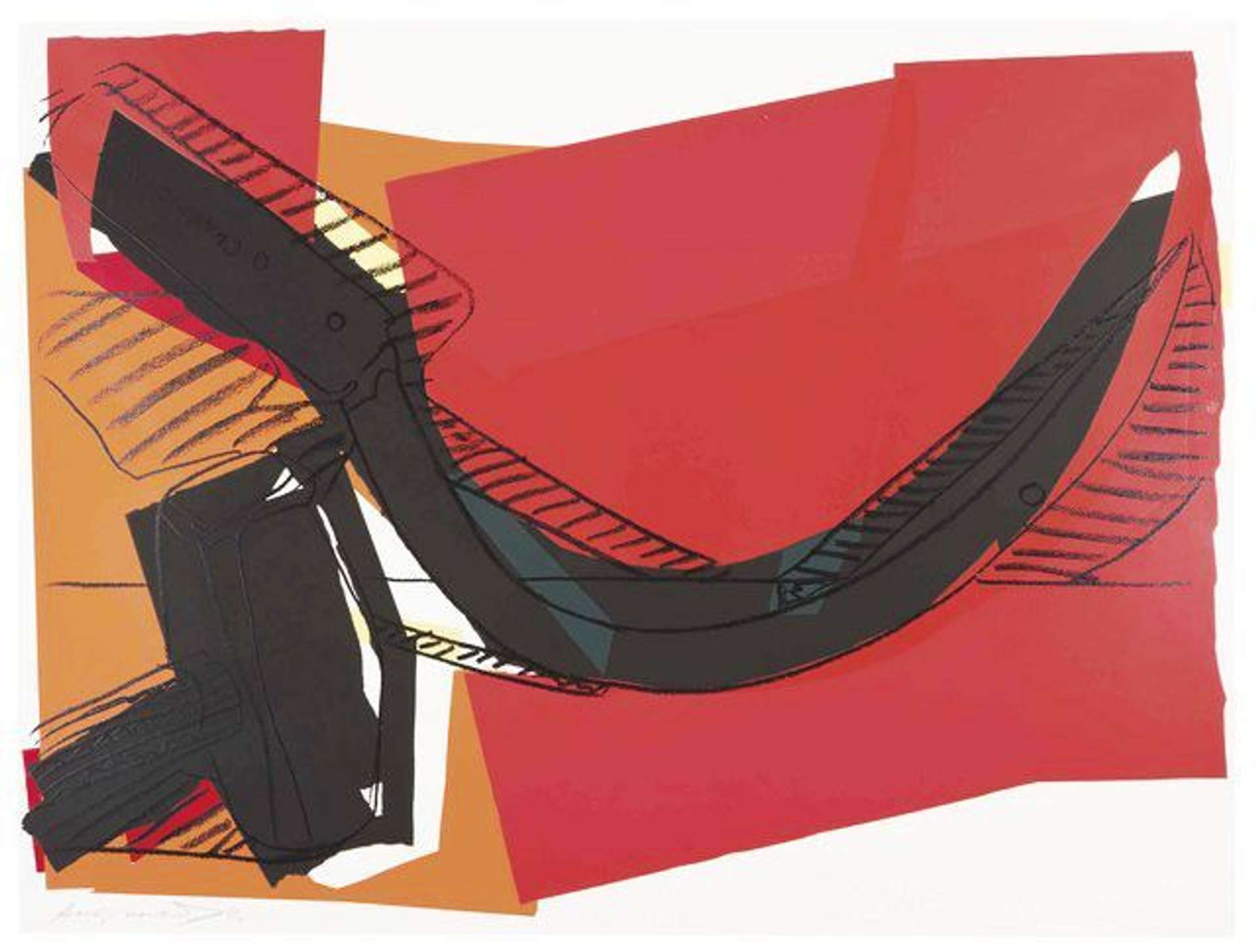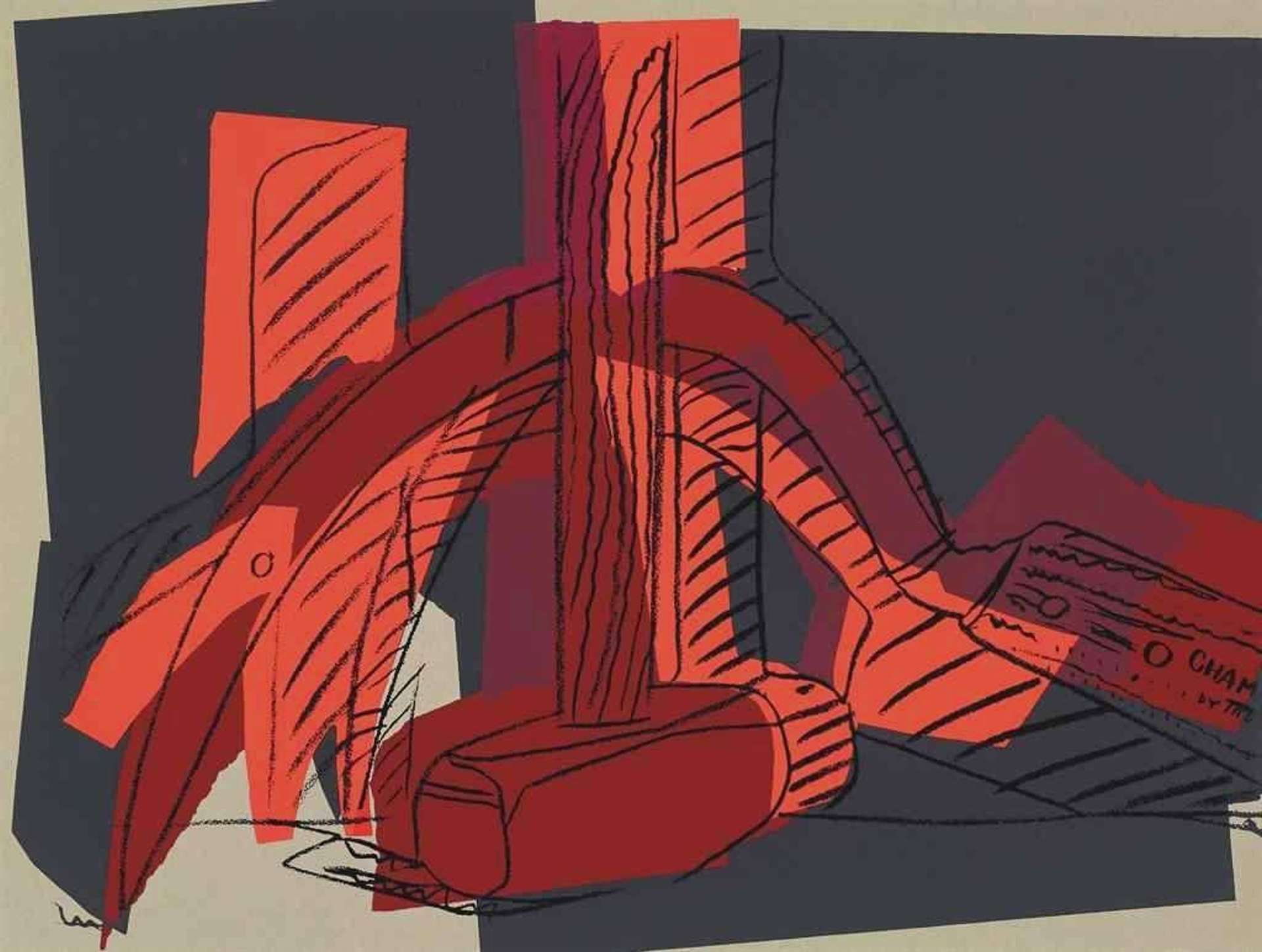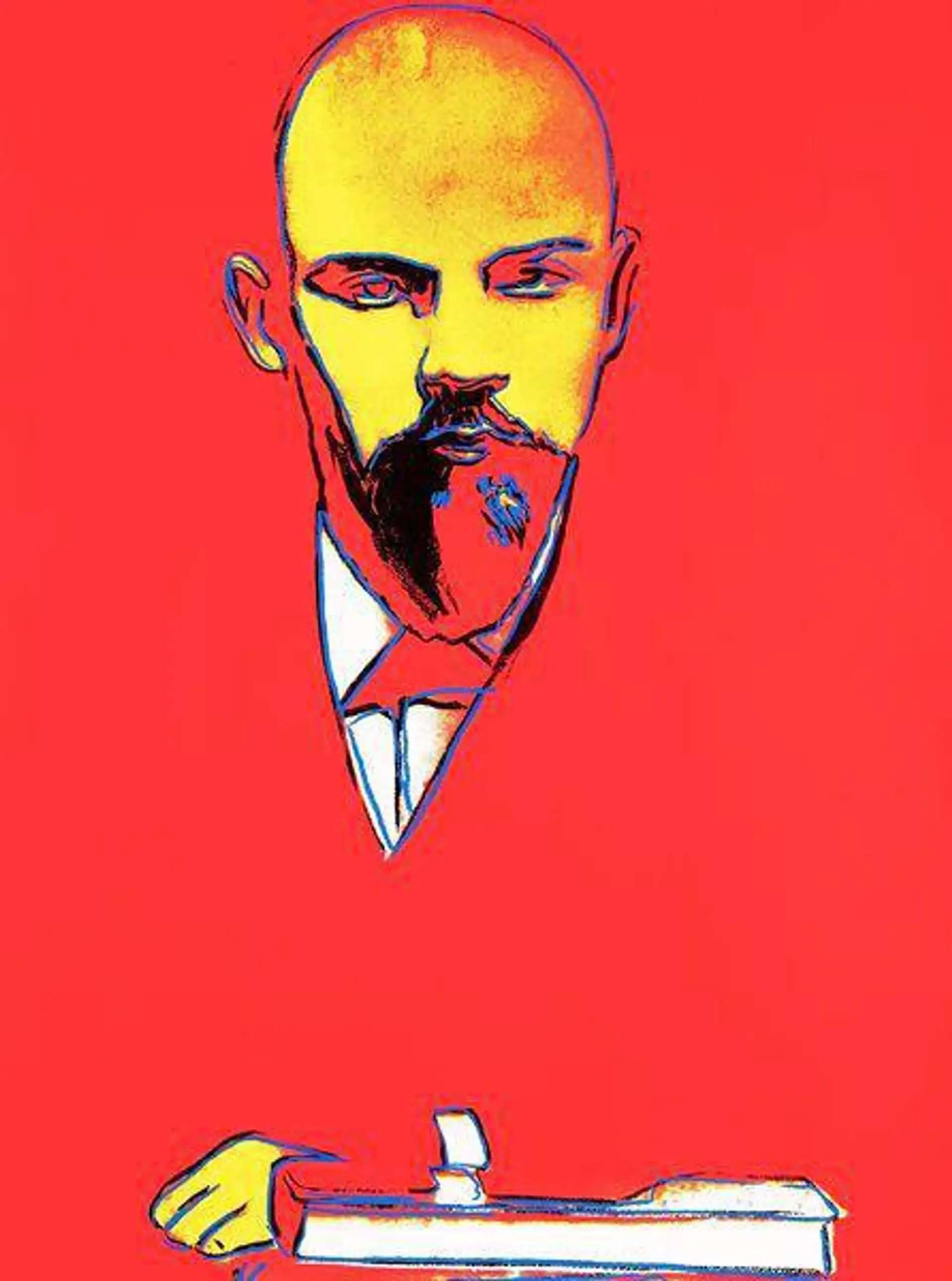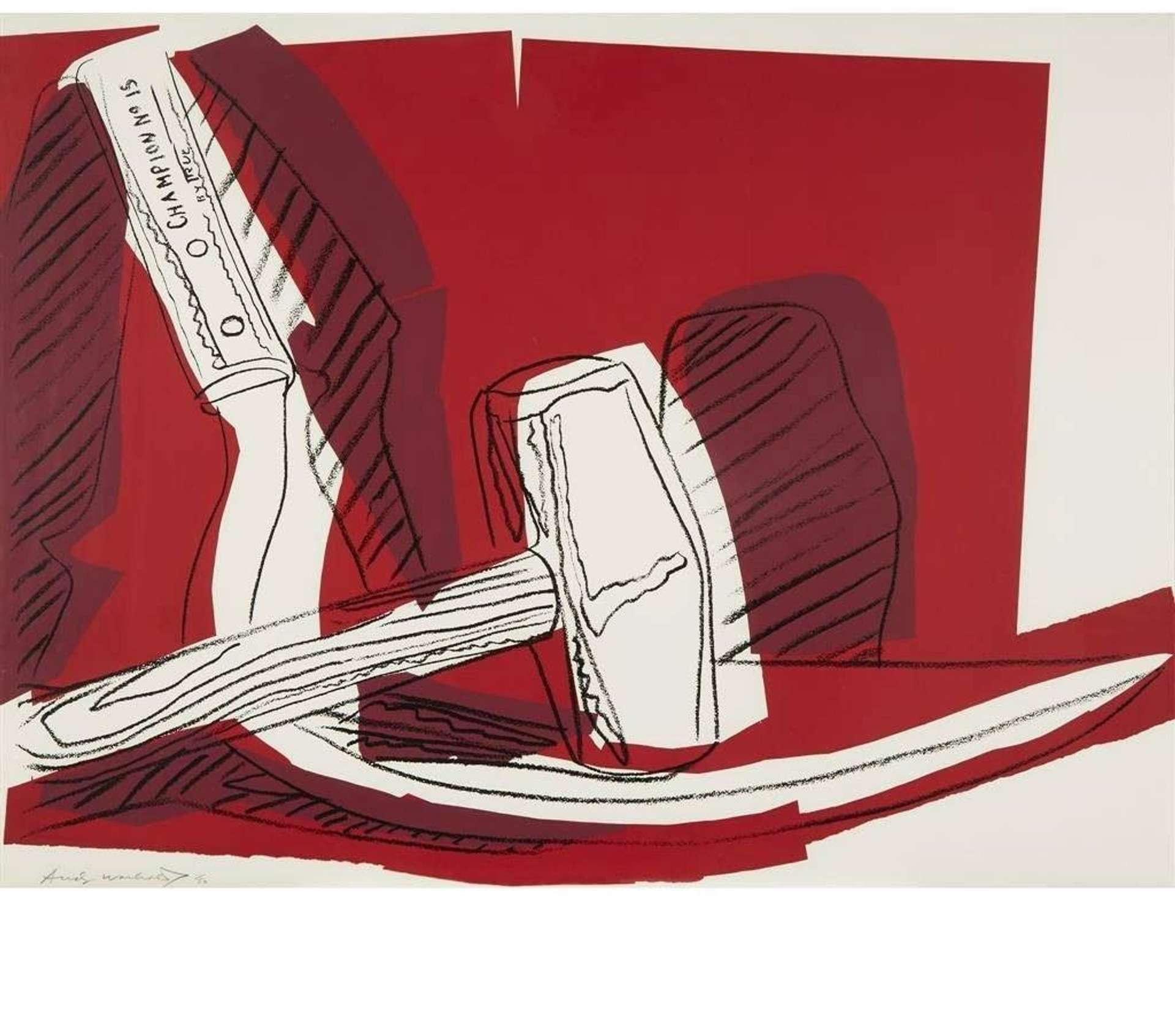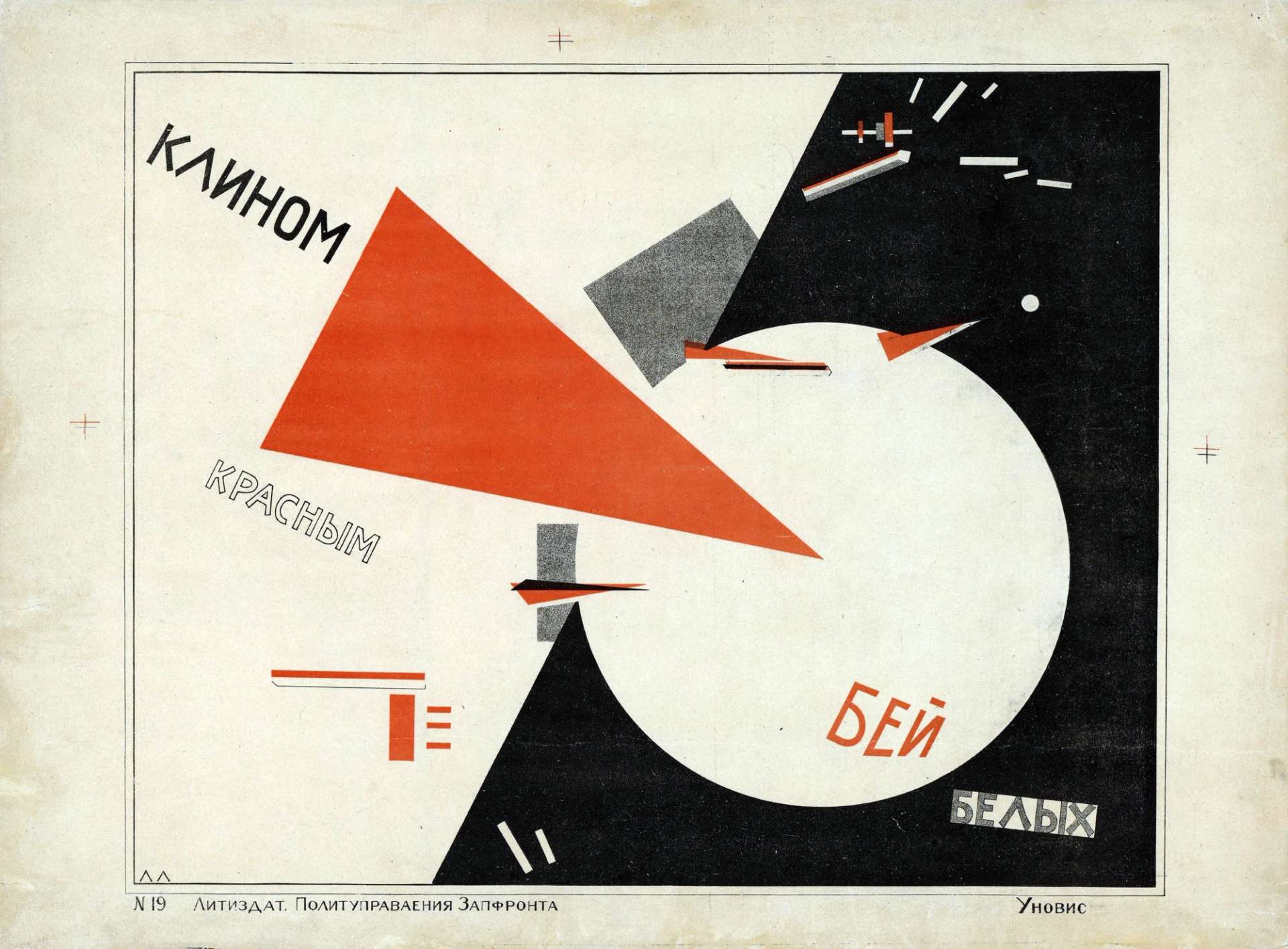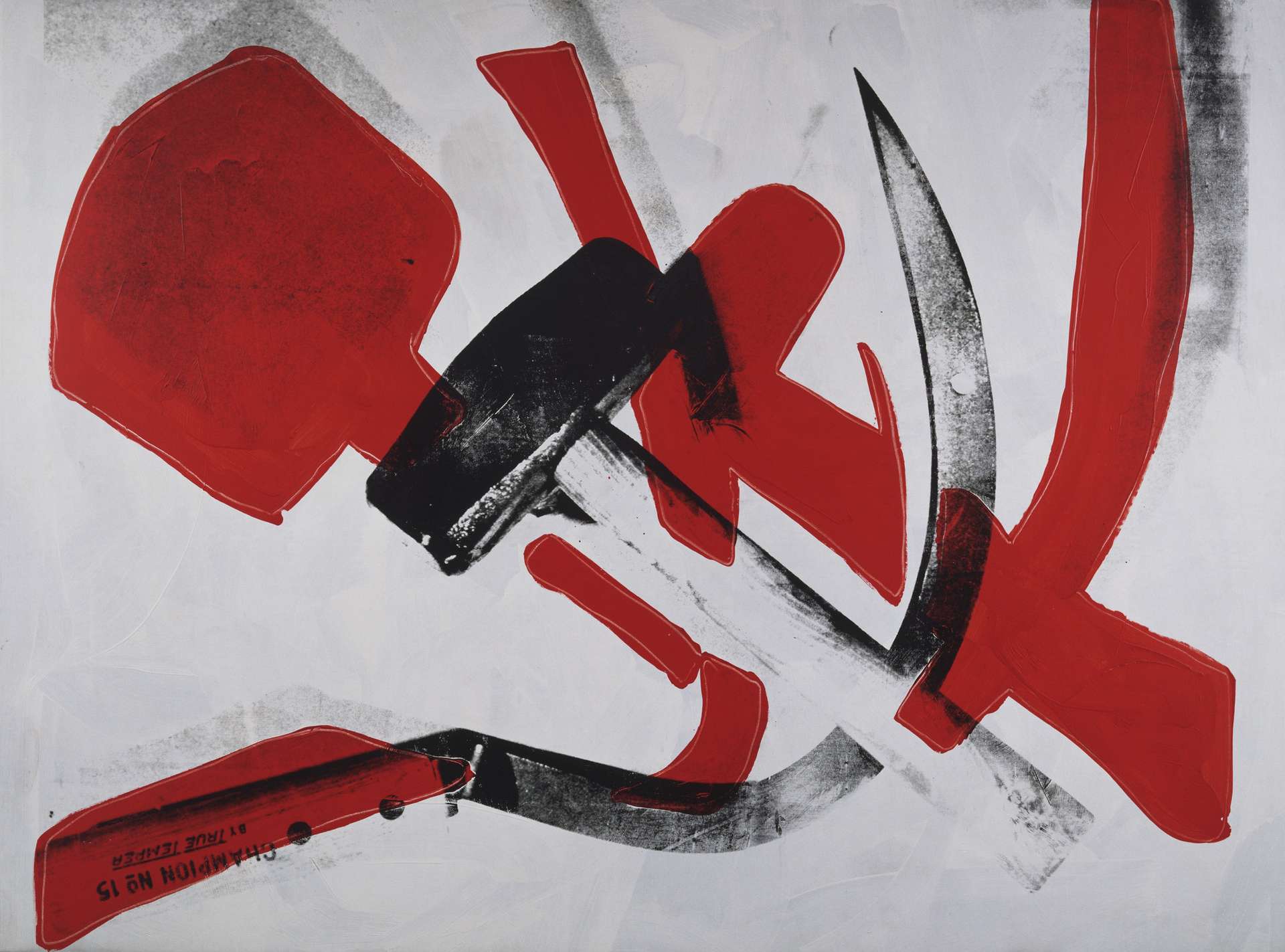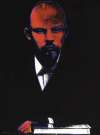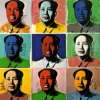Hammer
and Sickle
Andy Warhol’s Hammer and Sickle (1976) prints effectively bring contemporary politics to the classical, allegorical still-life. Rather than reproducing the graphic symbol—emblem of Communism—that initially caught his eye, he conceived the idea for a topical still-life portfolio and asked his assistant to create reference photographs of the actual objects.
Andy Warhol Hammer and Sickle for sale
Sell Your Art
with Us
with Us
Join Our Network of Collectors. Buy, Sell and Track Demand
Meaning & Analysis
Presented as still life studies, Warhol’s Hammer and Sickle portfolios appropriate this communist symbol through mass production methods. The subject stems from a visit to Italy in the 1970s where Warhol was exposed to urban graffiti, much of which featured the Communist image of the hammer and sickle. The image had been reproduced in this way over and over and Warhol decided to use it too, appropriating it to create mass-produced imagery.
Warhol worked by sourcing books depicting the symbol, which were flat in appearance, and developed the concept of producing an image that more closely resembled a still life with tools brought from a hardware shop. Warhol arranged the tools into various positions and his then assistant, Ronnie Cuttrone photographed them.
"To Andy, they were an extension of the classic still life. For years I had been photographing still lifes for Andy… he loved to experiment and update classical themes. For him, it was the best part of making art.” - Ronnie Cutrone.
